No little yellow birds flew out from a jungle forest to greet us. Instead, the welcome mat was a vast, barren desert island, void of any trees or wildlife, and covered in red dirt as far as the eye could see. After a 5-night passage from the Mediterranean, I was a little disappointed in this subtropical destination.
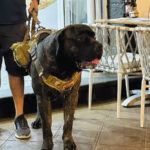
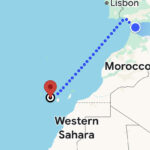 Located about 100 miles off the northwestern coast of Africa, the Canary Islands are a perfect stopover to break up the transatlantic passage from Europe to the Caribbean. They are also a popular destination for Europeans to escape cold winter temperatures. For Americans, however, these islands are largely unknown. The archipelago is made up of eight islands and some say their name was given by early explorers who discovered large canaria dogs on the beach. The water dogs were actually monk seals, but some wise cartographer must have decided that Canary Islands had a better ring than Monk Islands:) Originally populated by the Berbers, the islands came under Spanish rule in the late 15th century and remain an autonomous community of Spain to this day.
Located about 100 miles off the northwestern coast of Africa, the Canary Islands are a perfect stopover to break up the transatlantic passage from Europe to the Caribbean. They are also a popular destination for Europeans to escape cold winter temperatures. For Americans, however, these islands are largely unknown. The archipelago is made up of eight islands and some say their name was given by early explorers who discovered large canaria dogs on the beach. The water dogs were actually monk seals, but some wise cartographer must have decided that Canary Islands had a better ring than Monk Islands:) Originally populated by the Berbers, the islands came under Spanish rule in the late 15th century and remain an autonomous community of Spain to this day.
La Graciosa is the northernmost island of the chain, making it our landfall after traveling south from Gibraltar. It’s officially the smallest of the Canaries with only sand roads and no natural water sources; desalinated water is piped from the neighboring island for Graciosa’s population of several hundred residents. As we pulled into a small anchorage, a handful of visitors played on the beach and climbed an enormous volcanic cinder cone. We, on the other hand, climbed into bed to work off our sleep debt.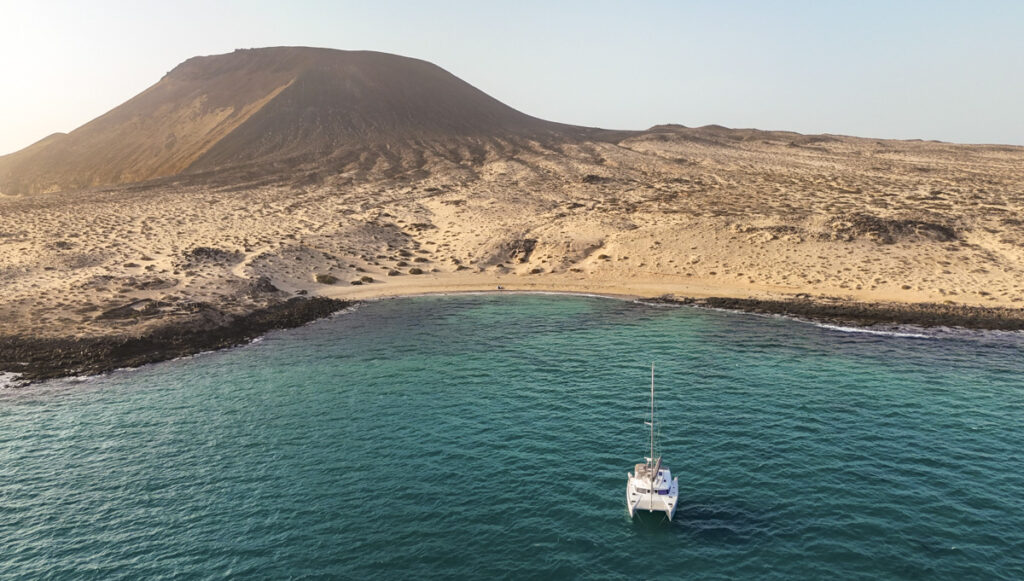
With our sleep batteries recharged the next day, we motored down the west side of Lanzarote, dubbed the island of 1000 volcanoes. While the island doesn’t have near that level of seismic activity, it does have the highest concentration of volcanoes in the archipelago. Surprisingly, with that many volcanoes, it’s the least mountainous of the islands. Civilization is limited to small enclaves of single-story white stucco domed buildings dotting the coast, until you reach the capital city of Arrecife. The marina was surrounded by restaurants of every flavor and we soon found ourselves eating a feast of squid tapas, anchovies, pan tomate, and paella. The meal was perfectly capped off with a complimentary digestif…not just a glass, but the entire bottle of the local rorrim vodka caramel. And no, we did not drink the entire bottle:)
Making our way west, we checked off island number three, Fuerteventura, the beach of the Canaries, and to me, the island with the most beautiful name. A cruise ship in the port of Rosario and a steady stream of traffic at the airport confirmed that indeed this was a tourist hotspot. Curiously, there was little in the way of actual towns; just the occasional resort oasis, making us wonder if the real appeal to the island was simply to stay on property at a pretty resort.
Finally, an island to explore! We rented a tiny green car in the tiny southern town of Pasito Blanco and followed a scenic route around Gran Canaria, the island of contrast. We walked along sand dunes at the sea and drove up and down long windy roads through large canyons, as though we were in the Grand Canyon itself. We honked as we came around blind corners of the narrow road and kept a careful eye out for cyclists as they cried their way up The Valley of the Tears, the island’s famous cycling climb. Pine forests covered the slopes of mountains and then turned back into a desert landscape covered with the indigenous candelabra thrush, a succulent with spines reaching in flawless formation as though someone had pruned them all to be identical.
Still sulking about the lack of canaries in the Canaries, we had a spectacular wildlife encounter as we approached the largest and most populated island of the Canaries. At dusk, just as the skyline of Tenerife came into view, a pod of seven pilot whales, including a mother with a nursing calf and a yearling, swam right up and under the boat, just as curious about us as we were about them.
Reluctantly, we left this gift from Mother Nature and proceeded to civilization. The entrance to the capital city of Santa Cruz was massive, flanked by behemoth oil rigs on either side, high rises in the background, and a nearby performing arts center that rivaled the Sydney opera house. We pulled into the marina and tied up to a relatively quiet dock, where our neighbor was a small British monohull. The young skipper, it turns out, had sailed with his family to Barbados as a child on this very boat. Now, 20 years later, he took the helm from his father to repeat the route. These are the kinds of people we meet in this life:)
We planned a busy itinerary the following day to explore the northern and central parts of this large island. 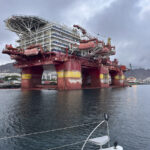 We drove first around the northern tip, taking in the lush forest of the Parque de Anaga, winding our way up and down valleys, and finally descending on the expansive Teide National Park, the largest park in the archipelago.We drove across another volcanic landscape until we reached the base of Mount Teide—Spain’s highest peak at 6500 feet above sea level. (Remember that for trivia night.😁) I thought taking the cable car to the top of Teide would be a tourist trap; instead, it ended up being a high point…quite literally. The summit presented us with views that stretched to the coast and even some patches of snow, as temperatures plummeted more than 30 degrees from the warm desert base. One final stop at the impressive Roques de García, magnificent by-products of erosion and the perfect stage for sci-fi movies.
We drove first around the northern tip, taking in the lush forest of the Parque de Anaga, winding our way up and down valleys, and finally descending on the expansive Teide National Park, the largest park in the archipelago.We drove across another volcanic landscape until we reached the base of Mount Teide—Spain’s highest peak at 6500 feet above sea level. (Remember that for trivia night.😁) I thought taking the cable car to the top of Teide would be a tourist trap; instead, it ended up being a high point…quite literally. The summit presented us with views that stretched to the coast and even some patches of snow, as temperatures plummeted more than 30 degrees from the warm desert base. One final stop at the impressive Roques de García, magnificent by-products of erosion and the perfect stage for sci-fi movies.
I loved La Gomera the minute we arrived—a small bay surrounded by cliffs that reminded us of the Azores, just a few boats in the marina, and a cat in the laundry room, aptly named Marina. Another big gray cat wandered lazily around the dockyard, unaware of Zemi, who had big plans to leap over the water, climb the concrete wall, and shimmy under the chain fence to take on a cat twice her size. Behind the dockyard, a constant stream of ferries—Big Fred, Little Fred, and several other ferry relatives loaded pedestrians, cars, busses, and semis from early am until late at night. Many passengers disembarked in hiking shoes and backpacks, so we knew the island was filled with trails. Indeed, the following day, we discovered trails and parks everywhere. In another time, we would have joined the hikers; with just a single day to explore, however, we popped out of our rental car for photos at overlooks and took in the sights from yet another narrow road that climbed up mountain passes shrouded in a thick cloud layer, and then down to the sea where vegetation disappeared into a desert of basalt. Banana plantations were everywhere, most replaced by large greenhouses, but visible evidence of old stone terraces that sat so high on the slopes they seemed impossible to reach. When we returned to the marina, our dock had turned into the United Nations of boats—Dutch, French, Danish, Australian, and English sailors, all prepping for their transatlantic voyage.
The island’s highlight for us was discovering a parking lot brimming with brand-new boats. These weren’t ordinary boats; they were the small, bullet-like capsules that participate in the annual Toughest Row in the World. They accommodate crews of up to four people or even solo ROWERS! The race spans nearly 3000 miles from La Gomera to Antigua in the Caribbean. We vividly recall being part of the welcome celebration in Antigua years ago when one of these boats arrived after nearly 60 days rowing across the Atlantic Ocean. It was a pleasure to find ourselves unexpectedly at the race start.
Fog slid down the valleys as the following morning sky brightened from dark purple to pink. A large cruise ship, appearing bigger than the town itself, waited outside the harbor for permission to dock and disgorge its passengers. The rising sun was just starting to hit the mountain peaks as the tall white Cristo statue became just a speck. These are the details I commit to memory as I take one final view of my favorite Canary Island.
Sightseeing complete, we returned to Gran Canaria, where we would launch our own transatlantic crossing. Unlike the little town of Pasito Blanco, the marina in Las Palmas was bustling—boats of every kind from every country, most prepping for their ocean voyage, although some seemed to be studded in permanently. At just €7 a day, who could blame them? Outside the marina, a long bank of marine shops, restaurants, laundry, and large restrooms confirmed why this is the most popular place to kick off a long voyage—the marina had everything. And, if you needed crew—a collection of people from different countries, mostly young, some with better hygiene than others, many with creative marketing, sat at tables, wandered docks, and struck up conversations the minute you exited the marina gate, hoping you would take them along.
We cleaned, ticked off projects, filled Gémeaux with provisions that would last a month at sea, and felt fortunate that we had had the chance to explore these remote islands, which turned out not to be disappointing at all. And…how fortunate we were not to be preparing to row across the Atlantic Ocean:)

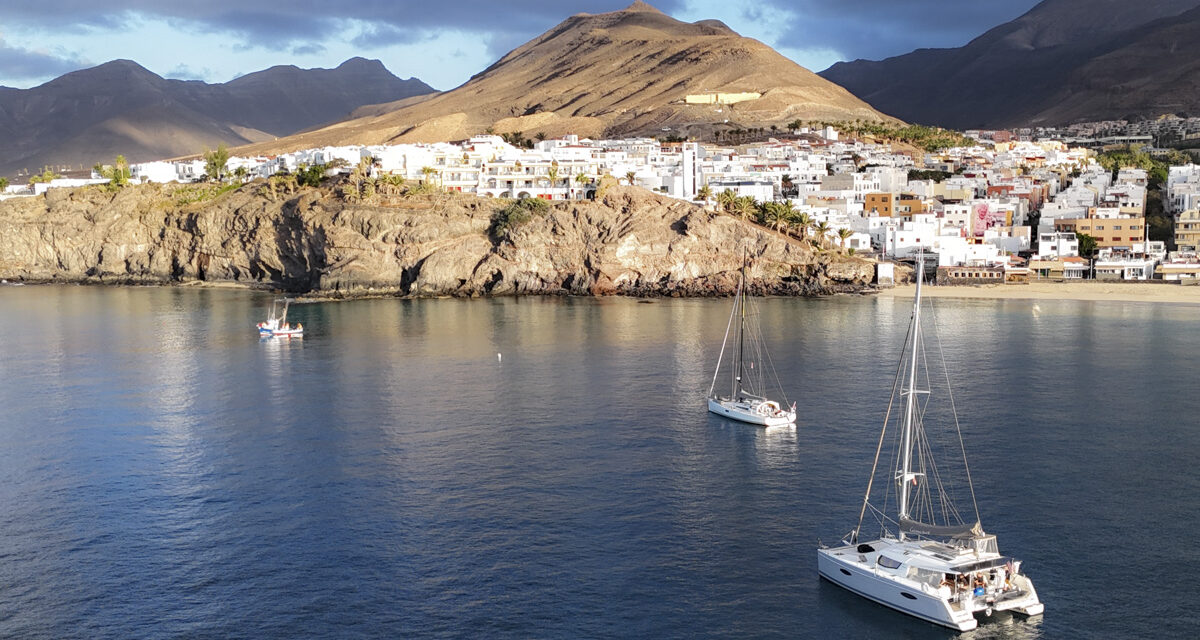
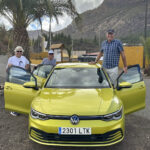
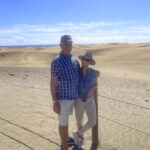

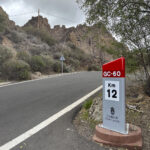
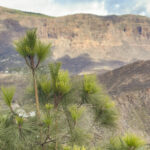
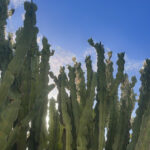
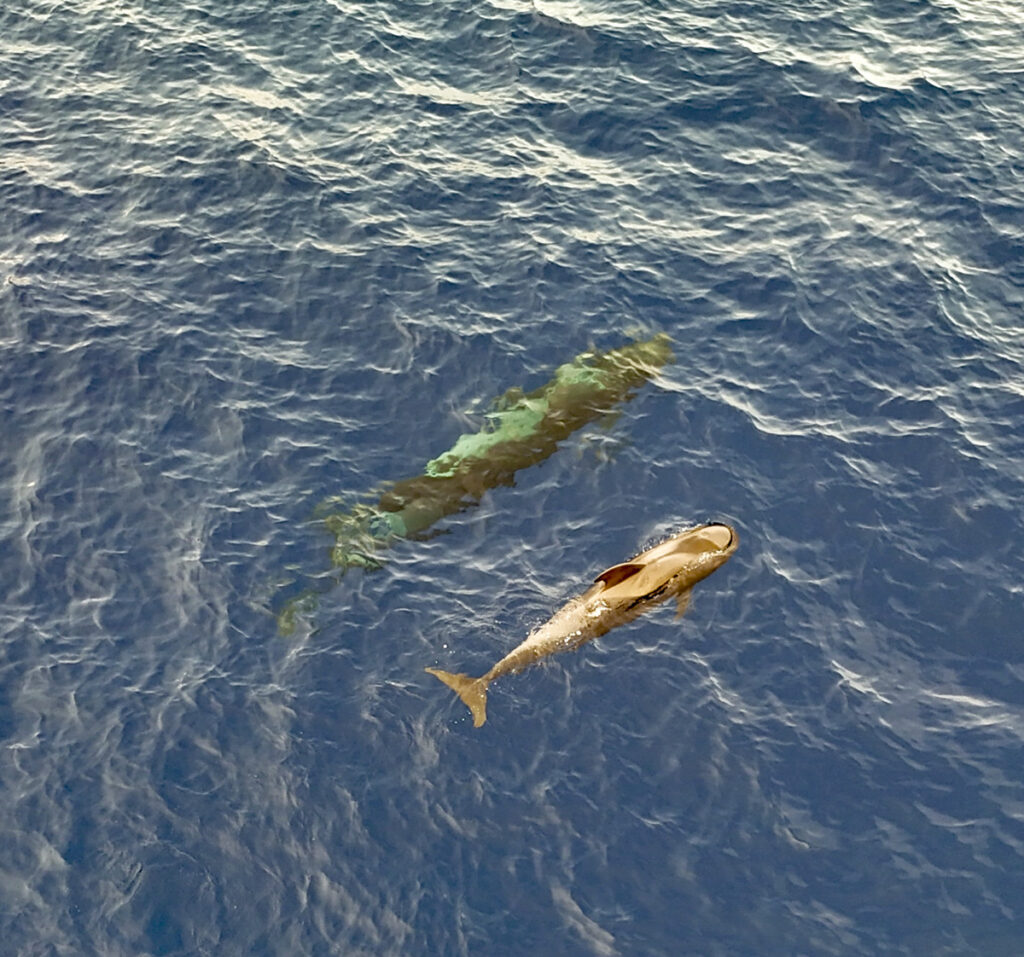
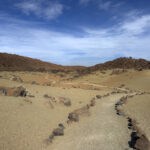
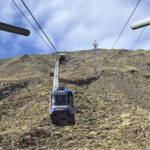
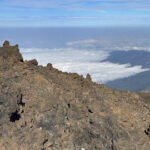
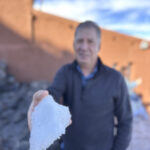
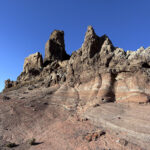
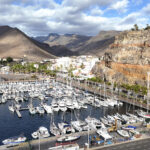

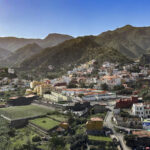
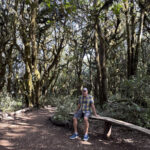
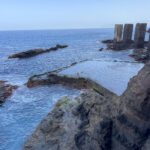
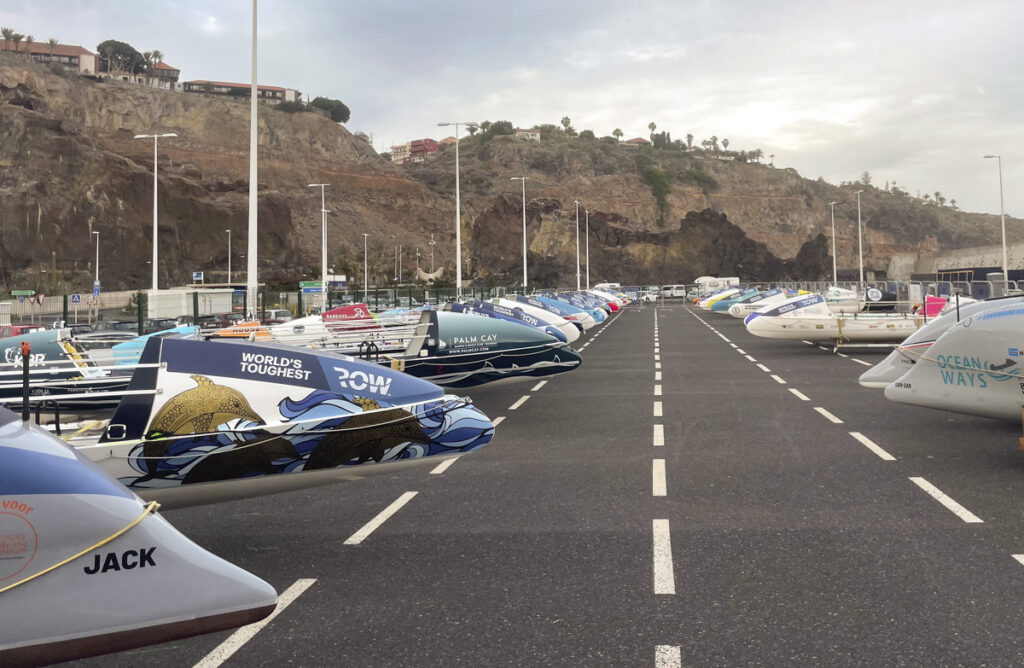
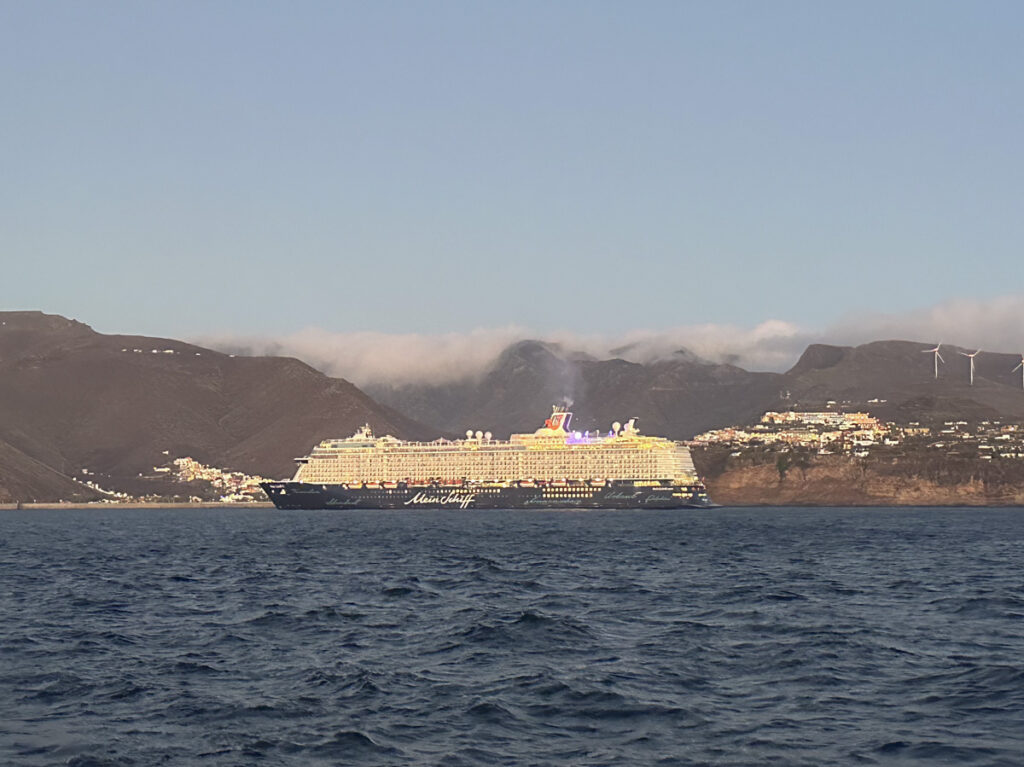


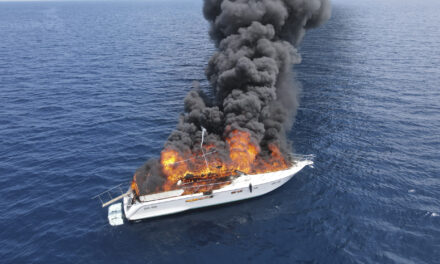
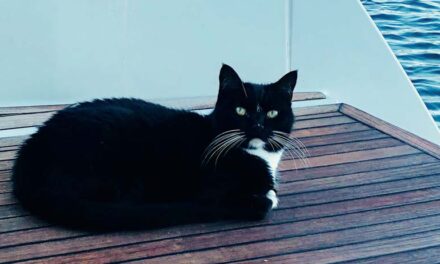



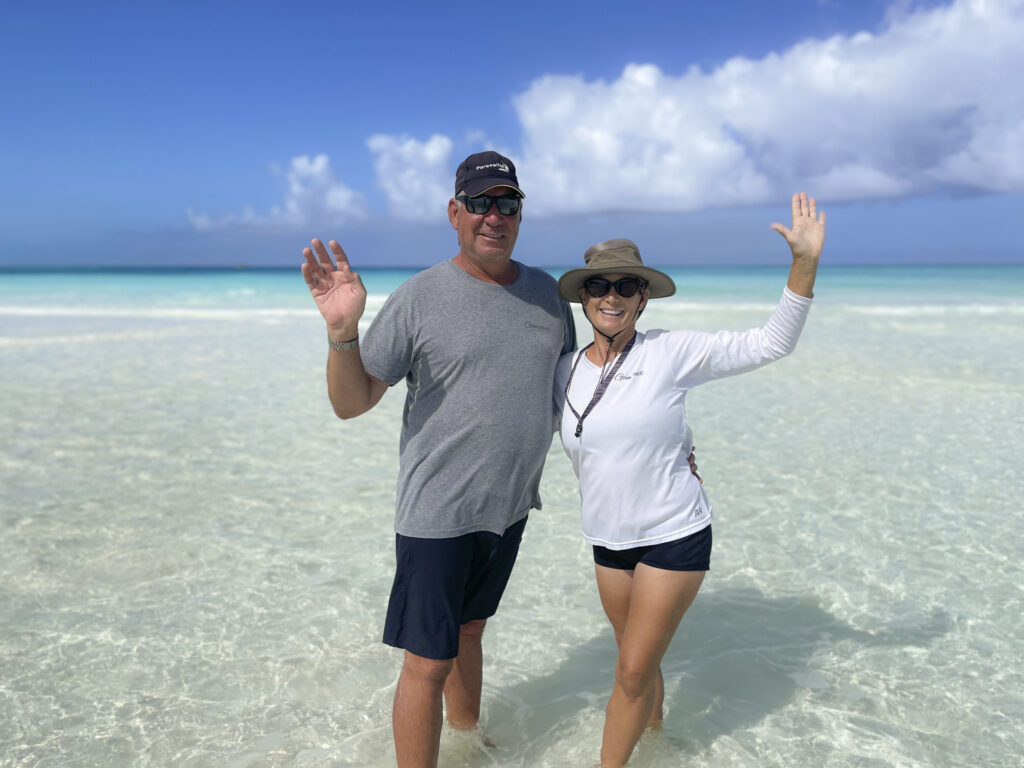
You bring the islands to life! Fair winds and safe travels across.
Love it! Great blog. So cool about the Pilot Whales!
Thanks, Shira. Your blogs are great . What’s next for you guys? Keep us posted. . . .